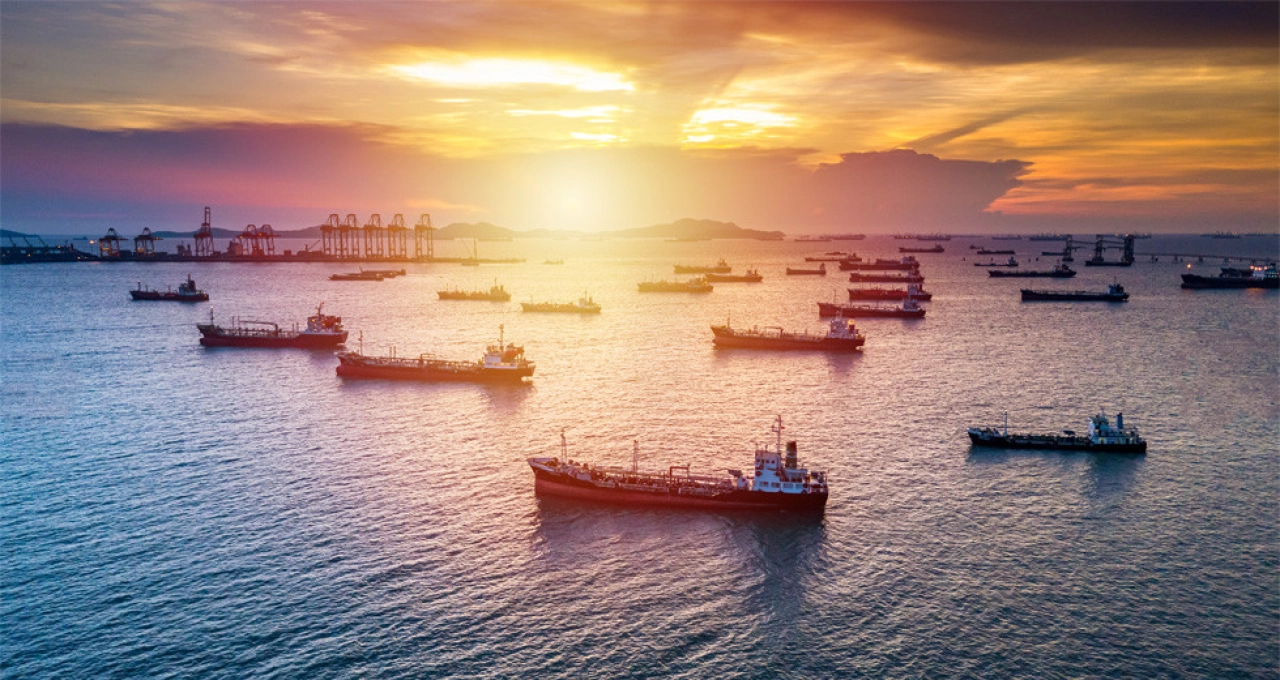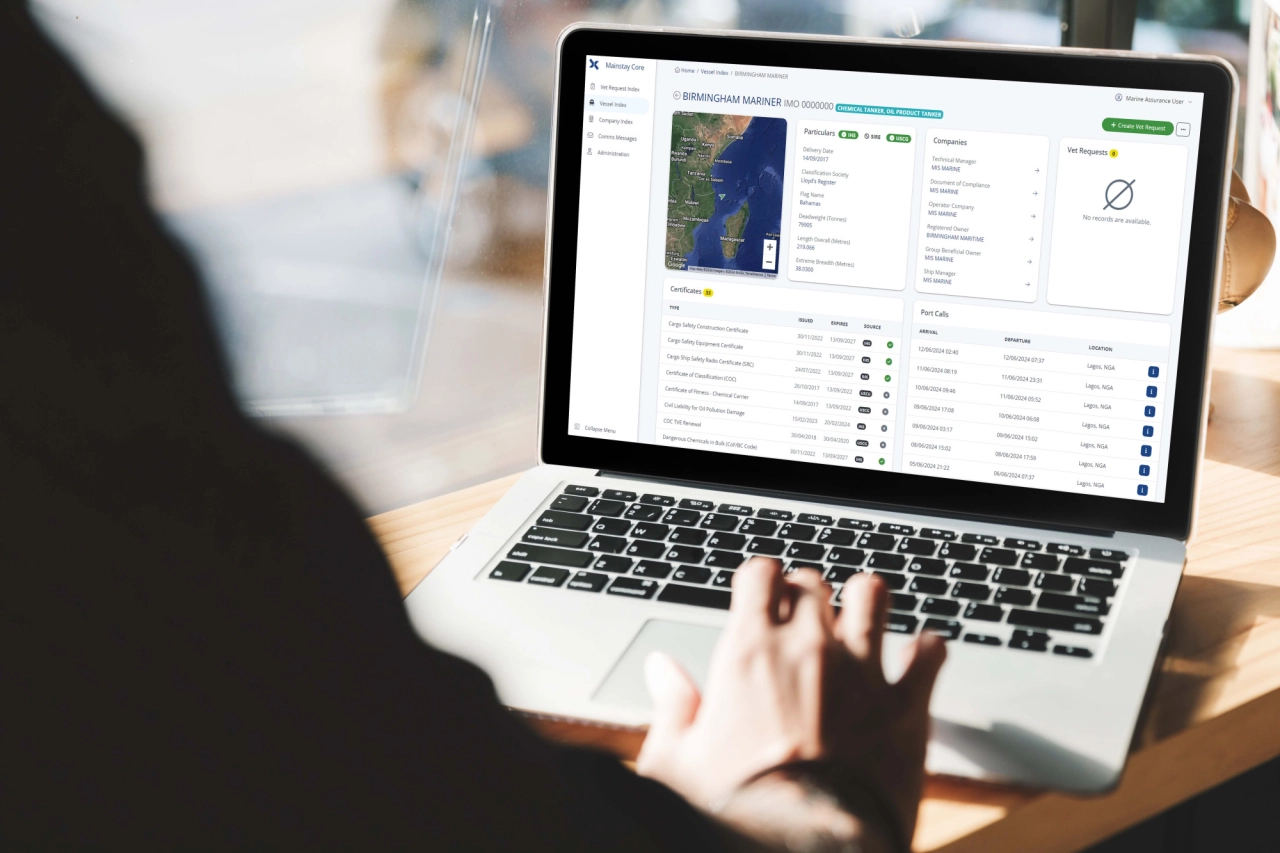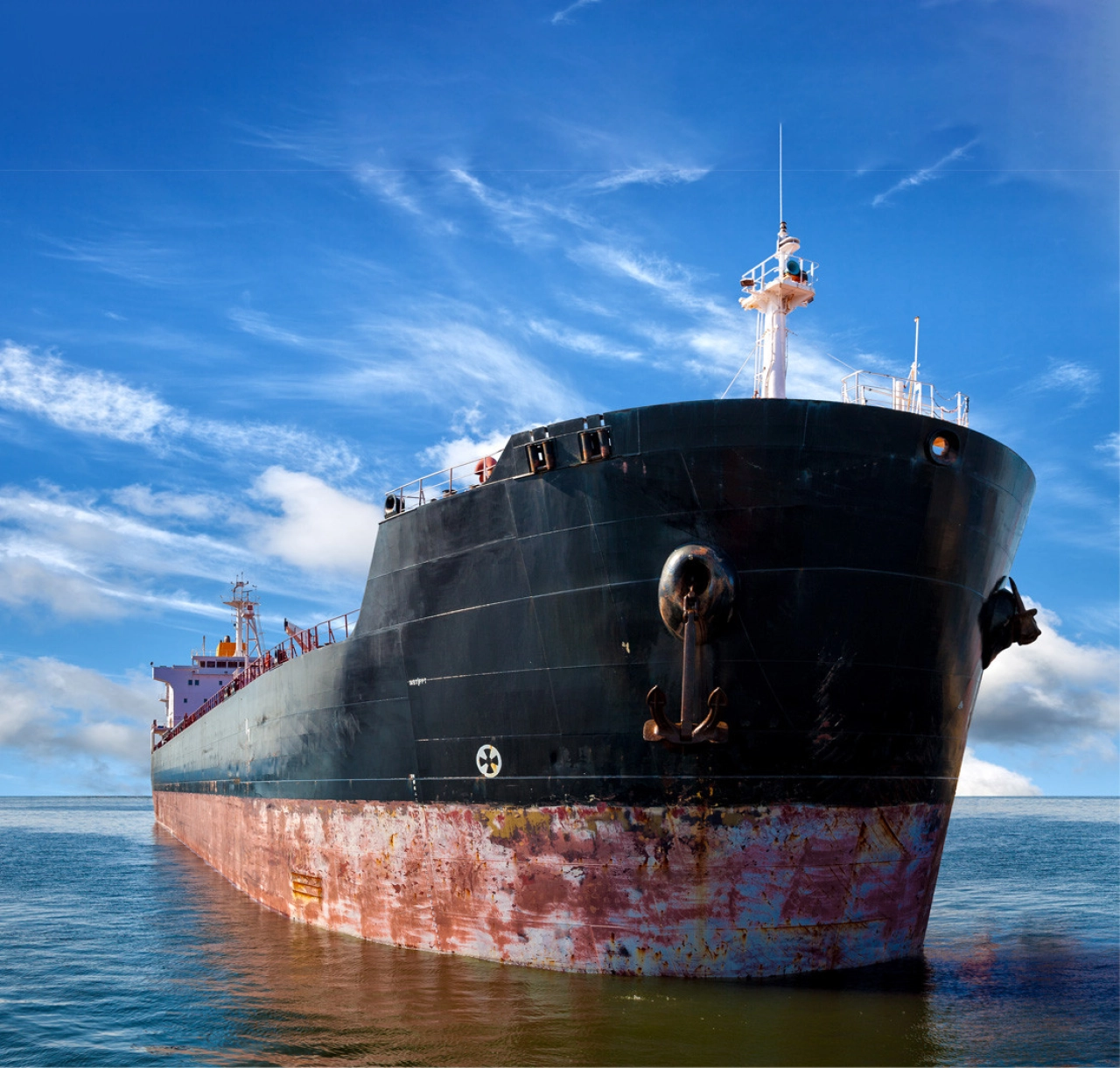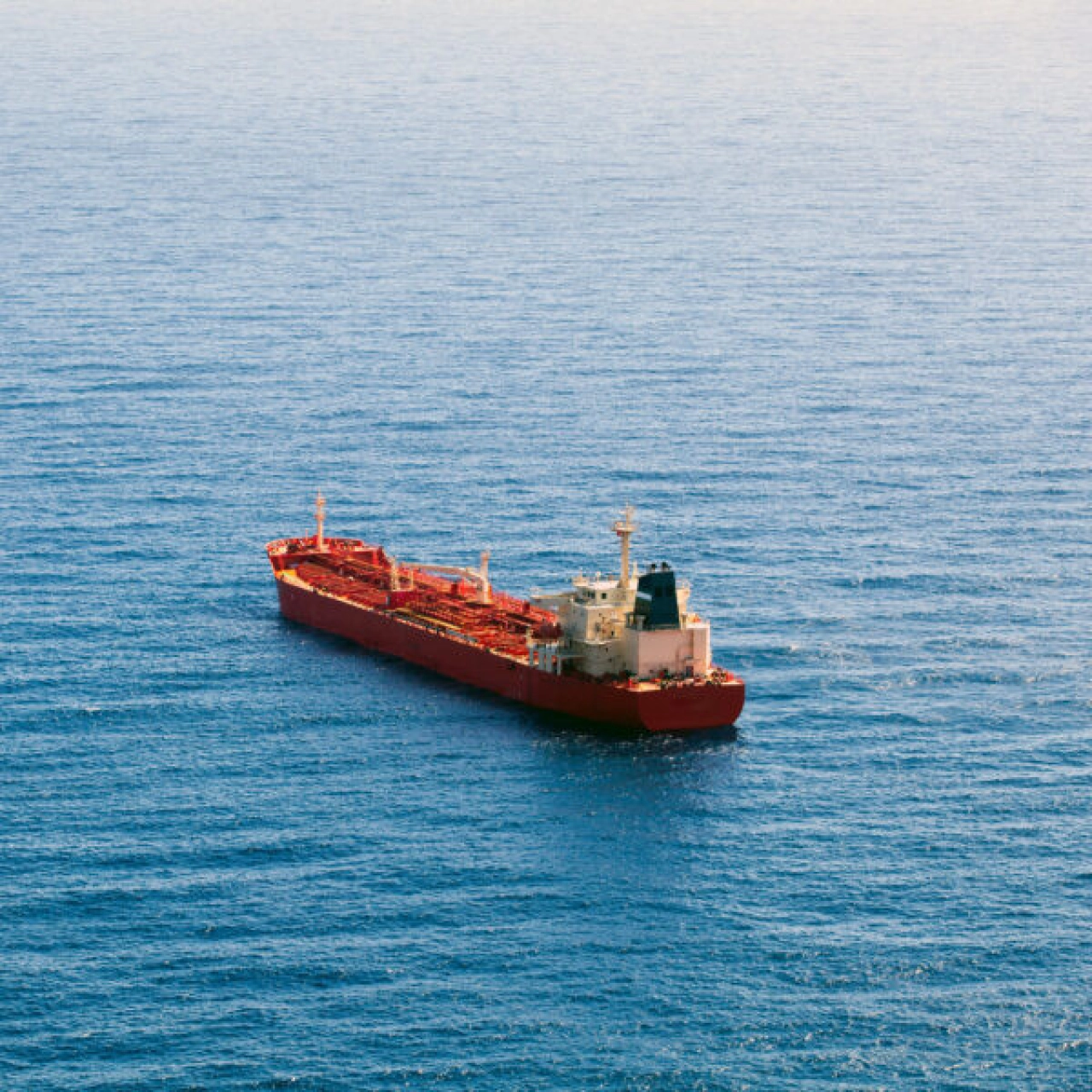
EEXI, CII and Marine Assurance
Working Towards a Greener Industry
From January 2023, two new regulations came into force – the Energy Efficiency Existing Ship Index (EEXI) and Carbon Intensity Indicator (CII) – introducing mandatory energy efficiency ratings for most vessels over 400GT.
As compliance becomes more data-driven, Mainstay is fully equipped for EEXI and CII – giving Marine Assurance teams the tools they need to stay ahead of changing regulations.
What These Regulations Mean for Charterers
With EEXI and CII now in effect, environmental performance has become a critical part of vessel evaluation.
Charterers are under growing pressure to make decisions that align with regulatory expectations, sustainability goals and stakeholder demands. CII ratings are already influencing how vessels are ranked, selected and contracted, shifting the focus from cost and availability alone to include emissions performance and long-term compliance risk.
To stay ahead, charterers need reliable, up-to-date emissions insight that goes beyond annual ratings – supporting smarter decisions at every stage of the chartering process.

Impact on Vessel Selection and Risk Assessment
Environmental compliance is now a key factor in commercial decision-making. Vessels with poor emissions performance risk higher operating costs, reduced port access and loss of commercial opportunities.
At the same time, charterers face increasing pressure to demonstrate sustainable choices, both from regulators and their own stakeholders.
This adds a new layer to an already complex vetting process. Marine Assurance teams need tools that go beyond static reports – tools that provide up-to-date, voyage-specific insight into emissions and efficiency.
Mainstay meets this need with advanced forecasting and AI-powered analysis, helping you make smarter, more sustainable vessel selections while managing environmental, reputational and operational risk.

Mainstay: Data-Driven Sustainability
Supporting Sustainable Chartering and Planning
To help organisations manage compliance and emissions risk as they evolve, MIS Marine developed two proprietary models: EMIT and CIM.
Powered by Mainstay’s geospatial data processing engine, these models serve as digital twins of the EEXI and CII frameworks – applying advanced data modelling and predictive analytics to deliver actionable emissions insight.

Why EMIT and CIM Go Further
Traditional metrics fall short:
EEXI reflects vessel design at the last class-approved assessment – not current performance
CII provides a backward-looking annual rating, limiting its day-to-day relevance
EMIT and CIM, by contrast, deliver up-to-date voyage-specific emissions data – helping charterers assess the environmental impact of a vessel for a particular task, route, or timeframe.
This enables emissions forecasting to play a practical, operational role in chartering, voyage planning, reporting and decision-making.

Set the Standard for Sustainability
Mainstay integrates data from trusted industry sources, including OCIMF, IHS and IMO indexes like EEXI, EEDI, EEOI and CII. With flexible rule configurations and multi-source integration, it enables deeper insight and full compliance confidence.
✅ Identify the most environmentally efficient vessel for the job
✅ Meet new green regulations with transparency
✅ Embed sustainability into day-to-day commercial decision-making

Go beyond static ratings with the latest voyage-specific emissions data
Dynamic Emissions Insight with EMIT and CIM
Mainstay’s Environmental Marine Index Tool (EMIT) and Carbon Intensity Model (CIM) provide digital twins of EEXI and CII – delivering accurate, flexible emissions insight to support smarter vessel selection, operational planning and sustainability reporting.
Environmental Marine Index Tool (EMIT)
A Smarter Way to Understand Vessel Efficiency
EMIT is a digital twin of the Energy Efficiency Existing Ship Index (EEXI), using vessel design data from multiple sources to estimate a ship’s theoretical carbon emissions per tonne-mile.
Like EEXI, EMIT calculates performance based on vessel particulars – but with one key advantage: it can generate a reliable approximation even when official EEXI data is missing or unavailable. This makes EMIT a more flexible, universally accessible benchmark for assessing environmental performance.
Mainstay users can customise input values – such as engine power limits or design upgrades – to reflect the current state of a vessel. Once changes are made, EMIT recalculates automatically, giving assurance teams and charterers a dynamic, up-to-date view that aligns with charter arrangements and operational decisions.
Unlike EEXI, which requires third-party ratification, EMIT gives you instant visibility and control – making it easier to benchmark vessels, compare options, and make emissions-conscious choices.

Carbon Intensity Model (CIM)
Timely Insight into Operational Emissions
CIM is Mainstay’s digital twin of the Carbon Intensity Indicator (CII), designed to offer a more flexible and operationally relevant view of a vessel’s carbon performance.
While CII provides a single, retrospective value based on the previous year’s operations, CIM calculates carbon intensity dynamically, using vessel particulars, geospatial data and weather and tide conditions to assess emissions over a specific voyage or timeframe.
This gives charterers and assurance teams the ability to evaluate the actual environmental impact of a vessel for a given task – not just a historical average.
CIM can also be used for forecasting. By entering start and end ports and an estimated duration, users can generate a predicted CIM rating for a future voyage, supporting better planning and emissions-conscious decision-making.
CIM continuously calculates emissions in five-minute intervals, ensuring high-resolution insight throughout the entire voyage.

Turn emissions data into sustainable action
Mainstay gives you the tools to measure, manage and reduce your environmental impact.